Perfect Pairings: How To Match Beer With Food Like A Pro
When it comes to enjoying a meal, the right drink can elevate the experience from ordinary to extraordinary. Beer, with its diverse flavors and aromas, is a fantastic companion to food.
When it comes to enjoying a meal, the right drink can elevate the experience from ordinary to extraordinary. Beer, with its diverse flavors and aromas, is a fantastic companion to food. However, pairing beer with food isn’t always straightforward. Understanding how to match these two elements can enhance the taste of both, making your dining experience more enjoyable. In this article, we’ll delve into the art of beer and food pairings, offering guidance on how to choose the perfect brew for your meal.
Understanding Beer Types
Before exploring pairings, it's essential to understand the different types of beer. The primary categories include ales, lagers, stouts, porters, and wheat beers. Each category has its subtypes, which vary in flavor, aroma, and body.
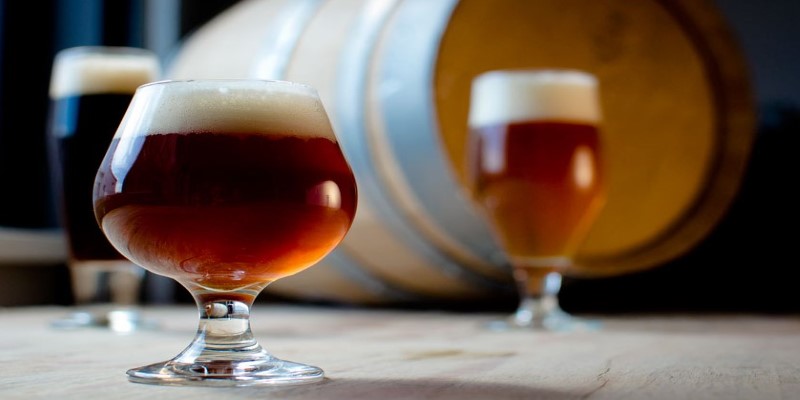
Ales are generally characterized by their fruity and complex flavors, which come from the warm fermentation process. This category includes pale ales, IPAs (India Pale Ales), and Belgian ales. Lagers, on the other hand, are fermented at cooler temperatures, resulting in a cleaner, crisper taste. Popular types of lagers include pilsners and helles. Stouts and porters are darker beers that often feature notes of coffee, chocolate, or caramel. Wheat beers, typically light and refreshing, often have fruity or spicy undertones. Understanding these basics can guide you in making better pairing choices.
The Principles Of Pairing Beer And Food
When matching beer with food, there are several principles to consider. The most crucial aspect is finding complementary flavors. The goal is to enhance the overall dining experience by allowing the flavors of both the beer and the food to shine. Some pairings focus on contrasts, while others rely on harmony.
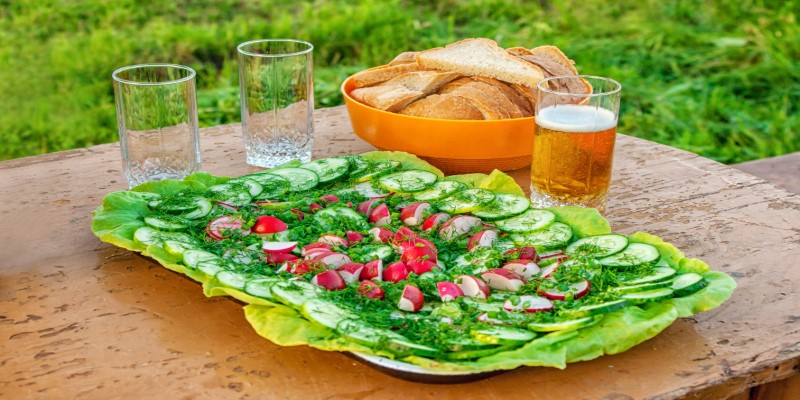
One of the most effective strategies is to match the intensity of the beer with the weight of the dish. A light lager can be overwhelmed by a hearty steak, just as a robust stout may overpower a delicate fish dish. Therefore, it’s important to consider the body and flavor intensity of both the beer and the food. For example, rich foods like beef stew pair well with fuller-bodied beers, while lighter dishes like salads are best matched with lighter beers.
Another helpful approach is to consider the dominant flavors in your dish. For example, if a dish features citrus notes, an IPA, with its hoppy bitterness, can enhance that flavor. On the other hand, if your dish is rich and creamy, a stout or porter can add depth and richness, balancing the creaminess of the dish.
Pairing Beer With Different Cuisines
Pairing With Italian Cuisine
Italian food is known for its vibrant flavors, and beer can complement many classic dishes. For pasta with tomato sauce, a medium-bodied amber ale or a light lager can balance the acidity of the tomatoes. If you're enjoying a cream-based sauce, opt for a wheat beer or a Belgian ale, which can provide a delightful contrast to the richness of the dish.
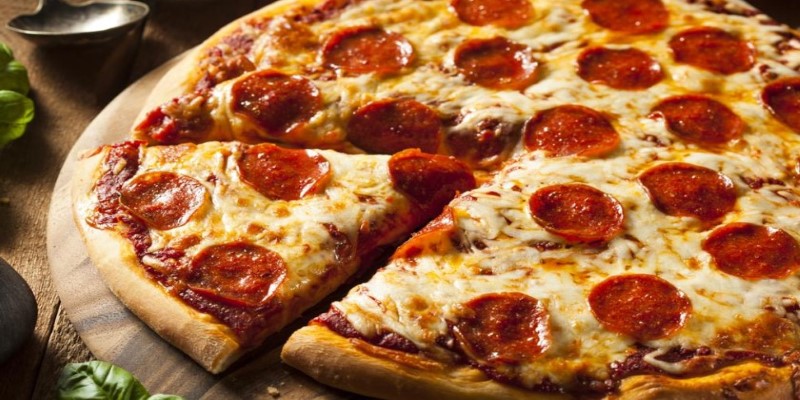
When it comes to pizza, the topping choices can dictate your beer selection. A Margherita pizza pairs beautifully with a crisp pilsner, while a pepperoni pizza can benefit from the hoppy bitterness of an IPA. The spiciness of pepperoni is well-matched with the hops, which can cut through the grease and enhance the overall flavor.
Pairing With Asian Cuisine
Asian cuisines offer a wide range of flavors and textures, making them great candidates for beer pairings. For sushi, a light lager or a wheat beer is ideal, as these options won't overpower the delicate flavors of the fish. If you're indulging in something spicier, like Thai curry, a fruity IPA can provide a refreshing contrast to the heat while also enhancing the aromatic spices.
Chinese cuisine, with its varied flavors, can also be effectively paired with beer. For dishes with soy sauce, such as stir-fries, consider a brown ale, which can match the umami flavors. If you’re enjoying something fried, like spring rolls, a crisp lager can help cleanse the palate and enhance the dish's crunchiness.
Pairing With Mexican Cuisine
Mexican food is often bold and spicy, making beer a perfect companion. For classic tacos, a light Mexican lager, like Corona, works wonderfully, as its crispness balances the savory flavors of the meat. If you’re enjoying spicy dishes, such as enchiladas or chili, a pale ale can provide a nice balance. The hoppy notes can contrast the heat and enhance the overall flavor profile.
For richer dishes like mole, consider a robust porter or stout. The beer's deep, chocolatey notes can complement the complexity of the mole sauce, creating a harmonious pairing that highlights both the food and the drink.
Pairing With Desserts
Beer isn't just for savory dishes; it can also complement desserts beautifully. For chocolate desserts, such as brownies or dark chocolate cake, a stout or a porter can create a delightful pairing. The rich, roasted flavors of the beer echo the chocolate, creating a cohesive experience.
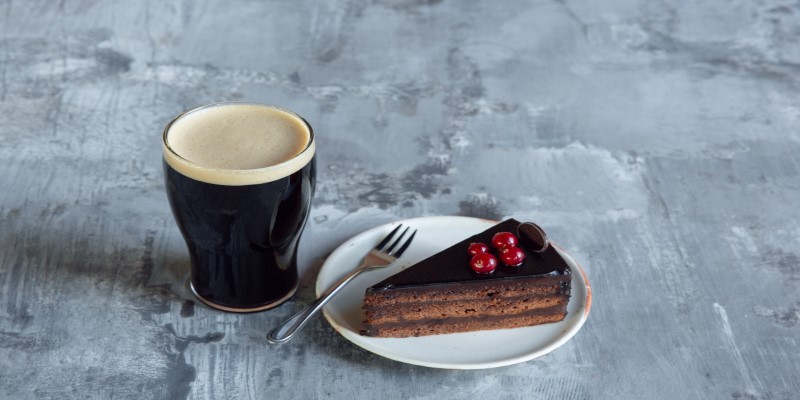
If you're indulging in something fruity, like a berry tart, a light, fruity wheat beer can enhance the flavors without overwhelming them. Additionally, for creamy desserts like cheesecake, a Belgian ale with its fruity and spicy notes can add complexity and depth to the dish.
Experimenting With Your Pairings
While these guidelines can help you make informed choices, the best way to find your perfect pairings is through experimentation. Don’t be afraid to try new combinations and discover what works best for your palate. Consider hosting a beer and food pairing party where you can try different combinations and share your findings with friends.
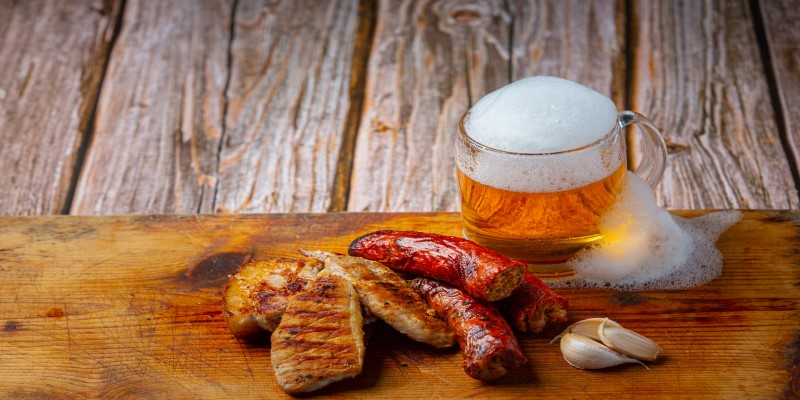
You might discover that a beer you thought wouldn’t pair well with a particular dish actually complements it beautifully. Remember, there are no strict rules in pairing; it's all about finding harmony and enhancing your overall dining experience.
Conclusion
Matching beer with food is both an art and a science. By understanding the different types of beer and their flavor profiles, as well as the principles of pairing, you can elevate your meals to new heights. Whether you’re enjoying a casual meal at home or dining out at a restaurant, the right beer can enhance the flavors of your food and make your experience more enjoyable. So, next time you sit down for a meal, take a moment to consider your beer options. With a little thought and creativity, you can become a pro at pairing beer with food, impressing friends and family alike with your newfound expertise. Cheers to delicious pairings!